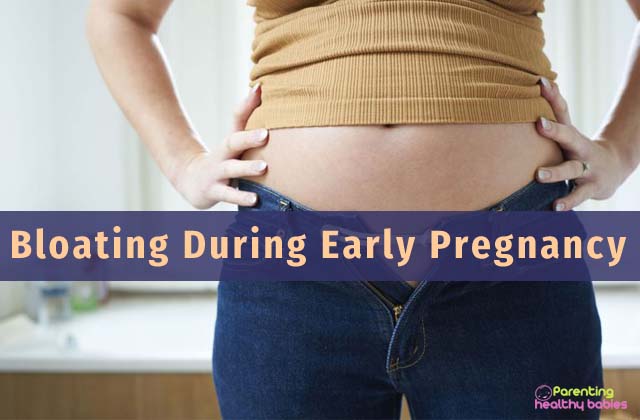When a baby is removed from a mother’s womb by a surgical procedure, it is called as a cesarean delivery or c-section. A woman who delivered the first child via a c-section is more likely to deliver the subsequent babies through cesarean deliveries.
Is it Dangerous to Have 4 C-Sections?
Each repeat c-section is generally more complicated than the last. However, research hasn’t established the exact number of repeat c-sections considered safe. Women having multiple repeat c-section deliveries are at increased risk of bladder and bowel injuries, heavy bleeding and problems with the placenta.
All You Need to Know About Having A 4th C-Section
Whenever undergoing cesarean delivery, it puts under various kinds of risks and these risks may keep increasing with every surgery undergoing. Following are some of the risks associated with multiple c-sections –
- More recovery time – in comparison to normal delivery, a repeat c-section recovery takes longer. As having one c-section after the other, it may take a toll on the body, and repeat c-section scar may take longer to heal too.
- Increases the risks of having bladder injuries – during a c-section, the bladder is one area that is most likely to get damaged or affected due to the surgery. And as going for subsequent surgeries, the bladder is more at risk of having injuries. Though bladder injuries are more common than any other injuries during the surgery, they can be fixed easily.
- The risk of pulmonary embolism – whenever going for a cesarean delivery there is a risk of having blood clots. These blood clots which usually may occur on the legs or the pelvic region can prove to be fatal. This is because in case they rupture and the blood may travel to the lungs. This condition is called pulmonary embolism.
- Increased problems with the placenta – a number of c-section put under the risk of having placenta-related problems in future pregnancies. This is because after more number of c-sections, the placenta may get too deep inside the uterine wall or womb also known as placenta accreta or it may cover the cervix also known as placenta previa in the subsequent pregnancies.
- It may cause heavy bleeding – repeat c-section may increase the risks of having heavy bleeding. This may usually happen after a third c-section. Sometimes, either a blood transfusion or removing a part of the full uterus may be considered to control heavy bleeding, though it may happen in very few cases.
- Increase surgical adhesions – every time undergoing an abdominal surgery there is a risk of having surgical adhesions. These adhesions are painful and may lead to various internal organs to stick to one another.
- Increased risks to the baby – multiple c-sections put the baby under the risk too. The baby is two times more at risk of being kept in a neonatal until after delivery due to breathing troubles.
- The chances of infection – greater risk of having infections after repeated c-sections. This is because the bacteria that are usually present in the vagina may enter the uterus. Thus the woman may have an infection at the site of the incision and in rare cases, the infection may spread to other organs of the body too.
C-Section Recovery Period
C-section recovery looks different for every woman. Might recover at the same rate or might experience more difficult post-operational periods each time.
How Many C-Sections Can You Safely Have?
There are no fixed numbers in regard to how many c-sections a woman can safely have. However, every time going for cesarean delivery, it may involve more complications and risks than the previous delivery. If you had a c-section in the past, then it does not mean that the next delivery has to be a cesarean. Many women can safely have a vaginal delivery after a c-section unless the doctor feels the need to deliver the baby through a c-section. The doctor will not only recommend a cesarean delivery if you have some complications in delivering the baby normally or in case opt for its own.
How Dangerous is a 5th C-Section?
The higher-order 5-9 repeat c-sections carry no specific additional risk for the mother or the baby when compared with the lower order 3 or 4 repeat c-sections.
Can You Die from a Cesarean Section?
Although very rare, some women die from complications with cesarean delivery. Death is almost always caused by one or more of the complications like uncontrolled infection, a blood clot in the lung or too much blood loss. Although many of the complications can happen after vaginal births as well, the maternal death rate after cesarean deliveries is three to four times higher. Even though this difference seems very large, maternal death after cesarean deliveries is still extremely rare.
Conclusion
If planning to have a baby in the 4th c-section, get in touch with a doctor first. The doctor will help to know the options and also tell about various risks and complications that may be involved.
Reference
https://www.ncbi.nlm.nih.gov/pubmed/7821507













